McLane Pump
If you’re like me you’re wondering how our research team samples the ocean at various depths? For this trip we have 2 techniques, the CTD, more information coming later, and the McLane Pump. The pumps are monitored and prepared for deployment by McLane pump specialist Julie Sengstacken.
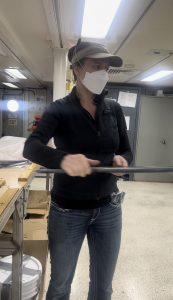
She takes great pride in maintaining technology that has been very particular about when it wants to work. I think other McLane pump specialists have close relationships with these pumps, which is why three of the pumps came to us with names already. Let me introduce you to: The Crown, Michael Jordan, Jabba the Hutt, and newly named on this expedition, Theon Greyjoy. On Theon’s first trip into the ocean he failed to filter water, but Julie knew after further review and resetting on the next launch Theon would come through, just like in the series he earned his name after.
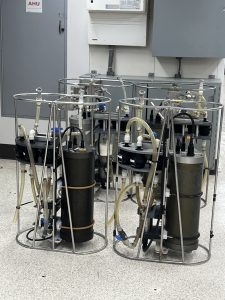
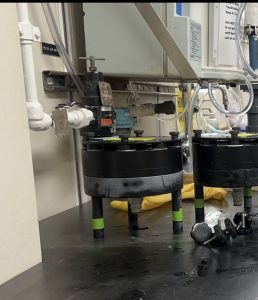
According to McLane Resource Laboratories the McLane Pump is a “Large Volume Water Transfer System (WTS-LV)”. A large volume single-event sampler that collects suspended and dissolved particulate samples in situ into a 142 mm membrane filter. The WTS-LV allows for a choice of pump size and filter porosity for a range of specimen collection. The collection targets include chlorophyll maximum, particulate trace metals, and phytoplankton. In the four hours a McLane pump is filtering water each pump can filter about 3000 gallons of water.
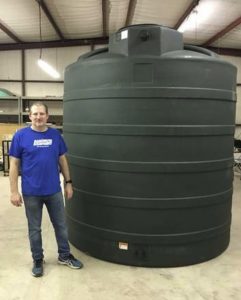
That is a lot of water! There’s a lot more particulate than just the small sample a scientist can work with from the CTD, which is a water capturing system of bottles. The CTD’s close at programmed depths and then they are brought back to the surface with just a few gallons of water. The scientists looking at particles in the water find the McLane pump filters to be a valuable piece of equipment for collecting data.
Watch the short time lapse video of the McLane pump filter being placed into the chamber for the next deployment.
The researchers hope the filter paper comes back covered in particulate matter like the image below.
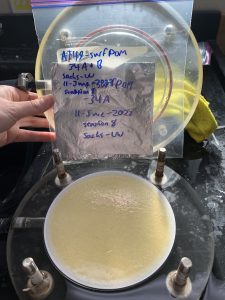
I have been able to take part in moving and preparing the McLane pumps several times on this expedition. These pumps are not light, probably because they are powered by 24 D batteries and encased in a sealed compartment to keep the batteries and electronics dry. The video below is a time lapse recording of the pumps during their cast into the ocean.
Latitude 38 deg38.649’N Longitude 71deg 11.666′ W
Cruise Day #: 10
Water Depth: 2908 meters
Weather Conditions: wind 1.4m/s and sunny
Wave and Sea Conditions: Calm
